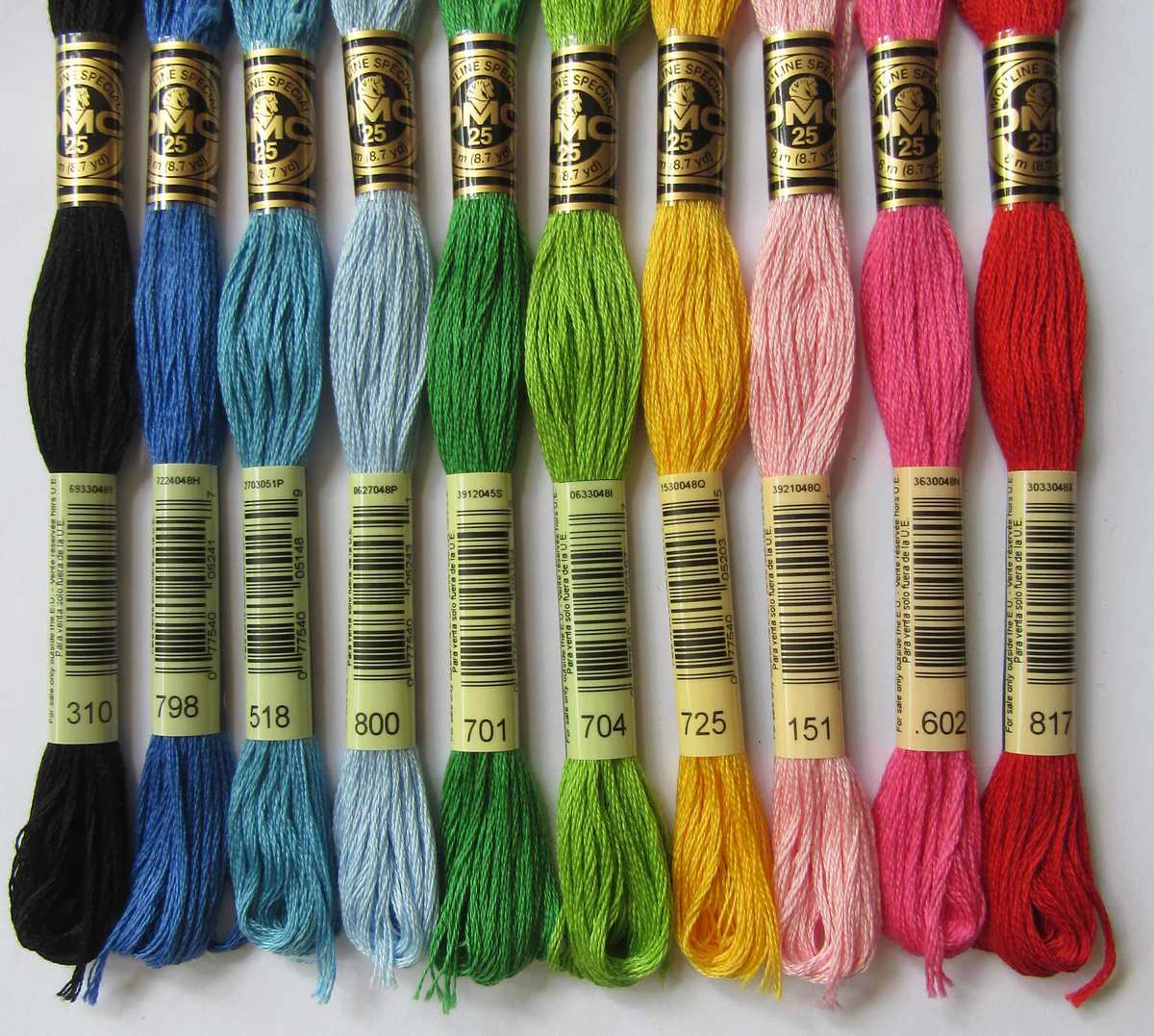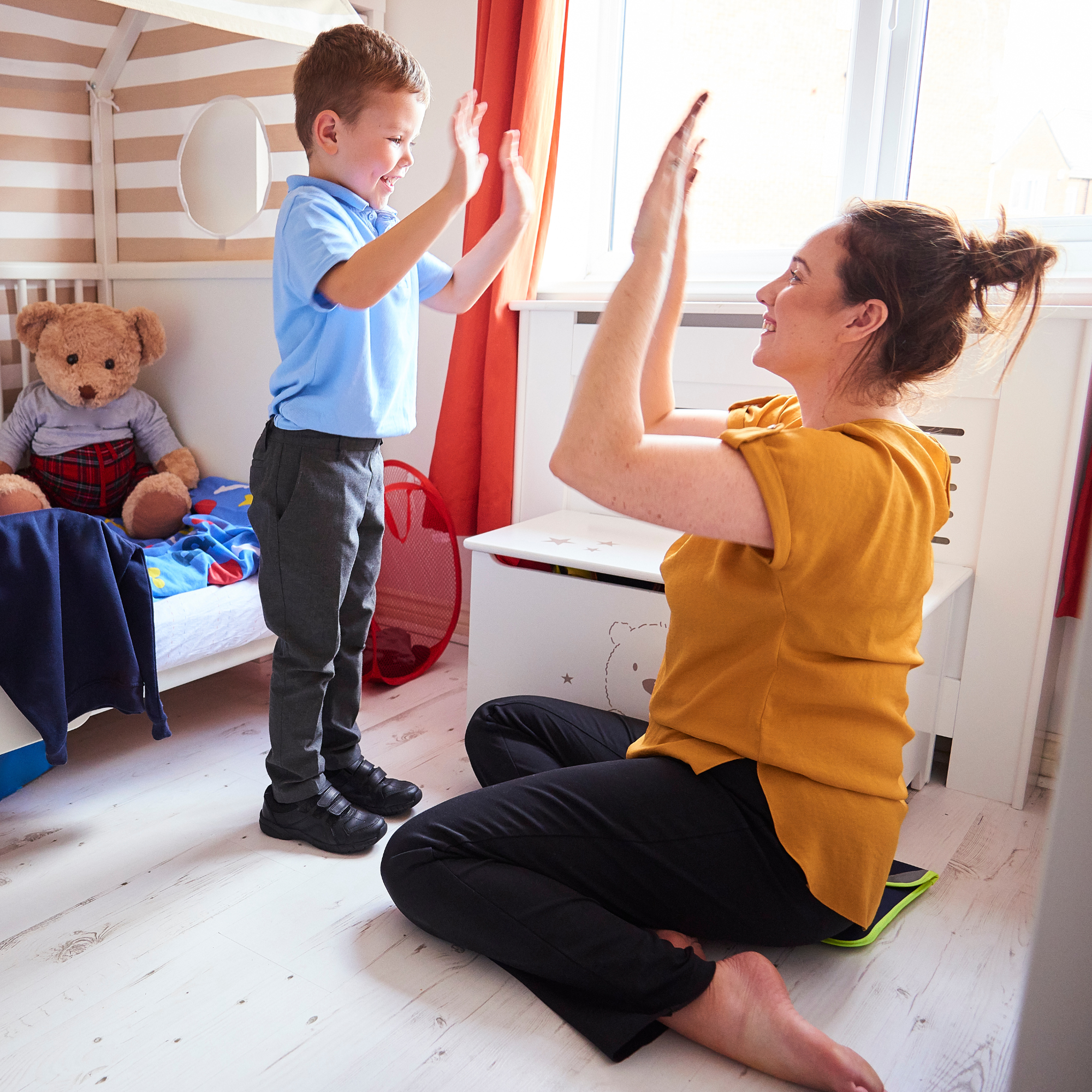Children with autism face several challenges in their daily lives, with emotional regulation being one of the most significant. Regulating emotions requires recognizing how we feel, understanding what triggered those feelings, and learning how to respond appropriately. This skill is crucial for children with autism, as they often experience heightened emotional responses and struggle with emotional control. So, how can we teach them to manage these situations effectively?
The Importance of Teaching Emotional Regulation
Parents and therapists play a vital role in helping children with autism express and manage their emotions. Teaching them that feelings come in different forms and intensities—and that they can be managed—sets the foundation for better emotional regulation. Unlike typically developing children, who can evaluate their emotional state and decide how to respond, children with autism often experience intense emotional reactions to minor incidents. This heightened response can lead to prolonged negative feelings, making it difficult for them to move on from an upsetting situation.
The Zones of Regulation: A Practical Approach
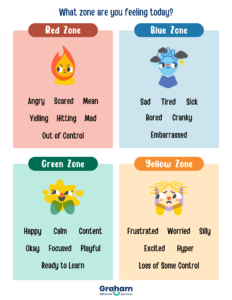 The Zones of Regulation is an effective tool for helping children identify and manage their emotions. Each zone is represented by a color and a primary feeling, with related emotions falling under each category. For example:
The Zones of Regulation is an effective tool for helping children identify and manage their emotions. Each zone is represented by a color and a primary feeling, with related emotions falling under each category. For example:
- Yellow Zone: Indicates a need for a break and includes emotions like nervousness, surprise, tiredness, confusion, or silliness.
- Red Zone: Represents intense emotions such as anger, frustration, or extreme excitement.
- Blue Zone: Signals feelings of sadness, fatigue, or boredom.
- Green Zone: Reflects a calm and focused state.
Using a visual guide, children can better recognize their current emotional state and determine appropriate coping strategies. This tool can be customized for different learning levels, including non-visual formats for higher-functioning learners.
On-the-Go Emotional Regulation Strategies
Emotional challenges can arise in any environment, making it helpful to have a portable regulation tool. A travel-sized visual aid can assist children in unfamiliar or non-preferred settings by reinforcing emotional awareness and coping techniques. This consistency helps children manage heightened emotions no matter where they are.
Teaching Emotional Awareness Through Past, Present, and Future Feelings
Helping children understand that emotions are temporary is key to emotional regulation. One effective strategy is discussing past, present, and future feelings.
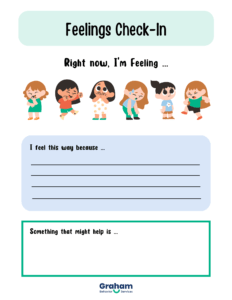
For example:
- Past Feeling: “Yesterday, I was really frustrated when I tripped over my shoelace, but now I don’t even think about it.”
- Present Feeling: “Right now, I feel upset because I have to clean my room.”
- Future Feeling: “Once I finish, I’ll feel happy because I get to play outside.”
This approach helps children see that emotions change over time, providing reassurance that negative feelings will pass.
Additional Resources for Emotional Regulation
The Five-Point Scale
The Five-Point Scale helps children rate their emotions on a scale from 1 to 5, with 1 representing minor discomfort and 5 indicating extreme distress. After identifying their emotional level, they describe what caused it, what it looks like, and how they can problem-solve. This individualized approach can be applied to any emotion or situation.
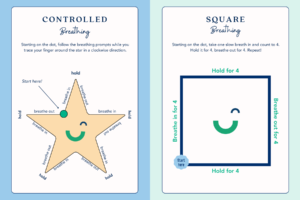 Breathing Exercises for Emotional Control
Breathing Exercises for Emotional Control
Teaching children breathing techniques can help them calm down and manage strong emotions. Higher-functioning learners may be able to use deep breathing techniques independently, while younger children may benefit from visual guides that illustrate proper breathing patterns. Creating personalized breathing visuals can make this practice even more effective.
Incorporating Emotional Regulation into Everyday Activities
Children should practice identifying their emotions not only during difficult moments but also during preferred activities. Even enjoyable activities, such as playing games with peers or waiting for a turn, can trigger frustration. Teaching children to recognize and manage emotions during both positive and challenging situations helps them develop essential coping skills.
A helpful tool is an interchangeable emotion chart that allows children to update their feelings throughout the day. This promotes continuous emotional awareness and self-regulation.
Free Printables:
- Zones of Regulation Chart
- Feelings Check-in Worksheet
- Printable Breathing Exercises
- Printable Zones of Regulations Cards
- Calming Strategies Cards
Need Extra Support?
If your child needs additional help with emotional regulation, we offer services tailored to their unique needs. Contact us today to learn more about how we can support your child’s emotional development!


